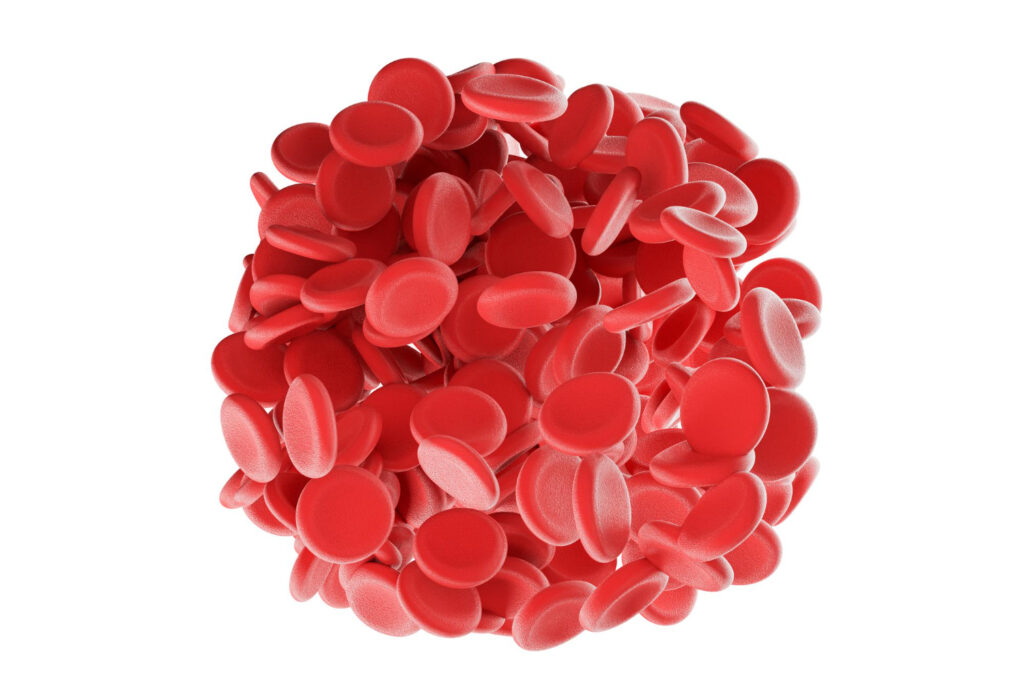Signs of Blood Clot: Why they go undiagnosed
March is Blood Clot Awareness Month, so it is a good time to understand the risks, symptoms, and prevention of blood clots.
On average, 274 people die every day from blood clots. A person dies every six minutes. And less than 1 in 4 people discover they have symptoms of a blood clot.
Many blood clots can be safely prevented and treated, but most people have little or no knowledge about blood clots. We have put together this article because we believe that educating people about the causes, symptoms, and prevention of blood clots can save lives. Keep reading to learn more.
What is a blood clot?
Your body is made up of intertwining arteries and veins, which carry blood from the heart to the rest of your body. A blood clot occurs when a specific type of blood cell, called platelets, forms a drop in a blood vessel, which is used to slow or even stop bleeding after a cut or injury. But blood clots can form even when they are not needed, which can lead to serious health problems, such as severe pain, strokes, heart attacks, and even death.
Who is most at risk?
Although blood clots can affect anyone, from infants and young children to the elderly, some people may be at greater risk than others, including:
- Women using contraceptive methods or hormone therapy containing estrogen
- Pregnant women, including up to six weeks postpartum
- People with a family history of blood clots
- Overweight people
- Smokers
- Individuals 55 or older
- People with chronic conditions such as diabetes, heart problems, and lung disease
When are you most at risk?
During or after hospitalization for illness or surgery: Overall, 1 in 10 hospital deaths are related to blood clots. People hospitalized for a serious and sudden illness are 10 times more likely to develop a blood clot. Those who undergo surgery on the pelvis, abdomen, hips, or knees have a significantly higher risk of blood clots.
During cancer treatments: Cancer patients are about four times more likely to develop a venous blood clot or venous thromboembolism (VTE), and more than six times more likely if receive chemotherapy. The cancers that cause the most risk are brain cancer, colon cancer, pancreatic cancer, ovarian cancer, and blood cancers, such as lymphoma and myeloma, while breast and skin pose a lower risk.
Traveling or remaining in one position for too long: Did you know that traveling for more than four hours increases the risk of blood clots? The lack of movement ultimately facilitates the formation of blood clots. These helpful tips from the Centers for Disease Control for travel, such as getting up and walking every two to three hours, can help prevent this.
After a physical injury and/or dehydration: When a person is injured, it may cause trauma to the wall of the blood vessels. Then, if the injury makes the person increasingly immobile, blood flow may slow and a clot may form. Dehydration can also increase your risk of blood clots because it makes your blood thicker than normal.
How do I know if I have a blood clot?
Blood clots can occur throughout the body, but the most common places are in the legs, arms, and lungs. Those that show up in the legs and arms are called deep vein thrombosis (DVT); whereas pulmonary embolism (PE) is a type of blood clot that takes place in the lungs.
Symptoms of DVT include:
- Swelling
- Pain or tenderness that feels like a cramp or “Charley horse,” not caused by an injury
- Reddish or bluish skin discoloration
- Skin that is warm to the touch
Symptoms of PE include:
- Difficulty breathing
- Sudden shortness of breath
- Rapid heart rate
- Sharp pain in the chest that may feel worse with deep breaths
- Fainting or passing out
If you’re experiencing any of these symptoms, contact your doctor as soon as possible. If you have symptoms of PE, consider seeking immediate medical treatment.
Prevention is the key to avoiding blood clots, and it includes knowing your risks, listening to your body for any signs and symptoms, and getting up and moving if you’ve been sitting for long hours. Talk with your doctor to understand the risks before any upcoming hospitalization.

